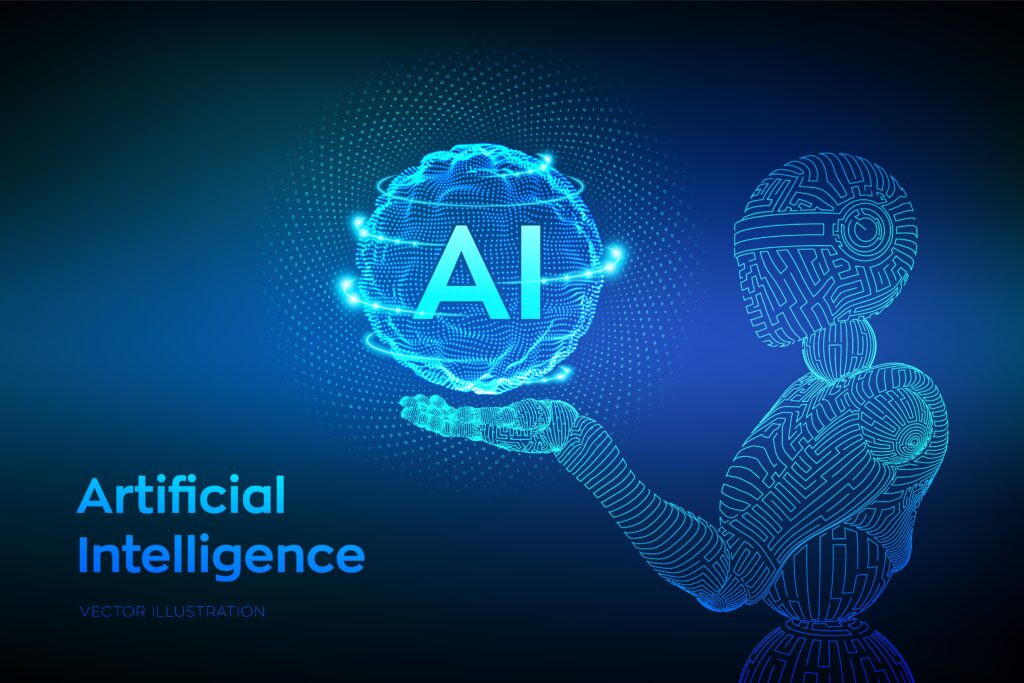AI will have a profound impact on integrations around Property and Casualty (P&C) Insurance core systems. The integration of AI technologies into these systems will bring significant benefits, revolutionizing various aspects of the insurance industry:
- Improved Data Processing and Analysis: AI can process vast amounts of data quickly and accurately. Integrating AI into P&C insurance core systems will enable insurers to analyze customer data, claims history, and risk factors more efficiently. This enhanced data analysis will lead to better risk assessment, more accurate pricing, and improved underwriting decisions.
- Automated Claims Processing: AI-powered integrations can streamline the claims processing workflow. AI algorithms can assess claims data, validate policy coverage, and expedite the settlement process. This results in faster claim resolution and a more satisfying customer experience.
- Enhanced Fraud Detection: AI can detect patterns and anomalies in data, making it an excellent tool for fraud detection. Integrating AI into core systems can help insurance companies identify suspicious activities and potentially fraudulent claims, reducing financial losses due to fraudulent activities.
- Personalized Customer Experience: AI can analyze customer behavior and preferences to offer personalized insurance products and services. Integrating AI into core systems allows insurers to create targeted marketing campaigns and tailor policy recommendations to individual customers.
- Chatbots and Customer Support: AI-powered chatbots can be integrated into insurance systems to provide real-time customer support and answer common queries. This improves customer engagement and reduces the need for manual customer service interactions.
- Risk Prediction and Prevention: AI can analyze historical data to predict potential risks and recommend preventive measures. By integrating AI into P&C insurance systems, insurers can offer risk management advice to customers, reducing the likelihood of claims and improving overall risk management.
- Data-driven Decision Making: With AI-driven insights, insurance professionals can make data-driven decisions. Integrating AI into core systems provides real-time access to relevant information, enabling faster and more informed decision-making processes.
- Efficient Underwriting: AI-powered integrations can automate the underwriting process by evaluating risks based on vast datasets. This leads to more accurate risk assessments and faster policy approvals.
- Predictive Analytics for Pricing: AI can analyze market trends, customer behavior, and other relevant data to optimize insurance pricing. Integrating AI into core systems enables insurers to adjust premiums dynamically, ensuring competitive pricing while maintaining profitability.
- Automated Underwriting Decisions: By integrating AI algorithms into underwriting processes, insurance companies can automate the decision-making for certain policy applications. This speeds up the underwriting process for low-risk policies, freeing up underwriters to focus on more complex cases.
- Predictive Modeling for Loss Prevention: AI can analyze historical data to identify patterns that indicate potential losses. By integrating AI-powered predictive models into core systems, insurers can proactively take preventive actions to minimize losses and improve profitability.
- Dynamic Policy Adjustments: AI can continuously monitor risk factors and other variables that affect policy pricing. Integrating AI into core systems enables insurers to adjust policy premiums and coverage dynamically based on real-time data, fostering more responsive and customer-centric offerings.
- Enhanced Customer Insights: AI can analyze customer interactions, preferences, and feedback to provide insurers with deeper insights into customer behavior. This integration allows insurance companies to refine their marketing strategies and develop products tailored to specific customer segments.
- Natural Language Processing (NLP) for Document Processing: NLP technology can be integrated into core systems to process and extract relevant information from unstructured data, such as claim forms and policy documents. This improves operational efficiency and reduces manual data entry errors.
- Automated Risk Mitigation: AI can be used to automate risk mitigation strategies, such as sending automated alerts to customers in areas prone to natural disasters or offering safety recommendations based on real-time data.
- Enhanced Compliance and Regulatory Reporting: Integrating AI into core systems can assist with compliance and regulatory reporting by automating data collection, ensuring accuracy, and reducing the risk of non-compliance.
- Robotic Process Automation (RPA) Integration: RPA can be integrated into insurance systems to automate repetitive manual tasks, such as data entry, policy administration, and claims processing. This leads to increased operational efficiency and reduced human errors.
- AI-Powered Image and Video Analysis: For property insurance, AI can be integrated to analyze images or videos of properties to assess damages and expedite claims processing without requiring physical inspections.
It’s essential for insurance companies to approach AI integration thoughtfully and ensure data privacy and security. As AI technologies continue to evolve, they will play a pivotal role in transforming P&C insurance processes, leading to increased efficiency, better customer experiences, and improved business outcomes. Embracing AI with a strategic approach will be a key differentiator for insurance companies in an increasingly competitive landscape.





